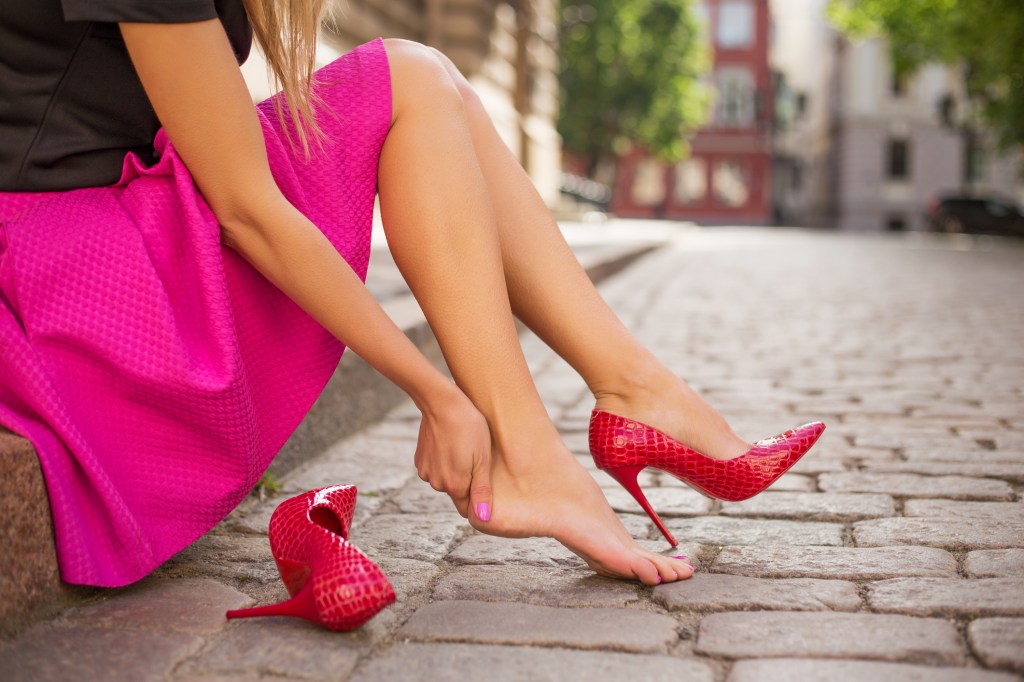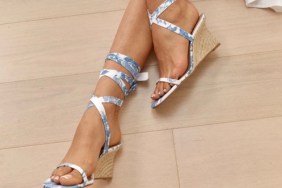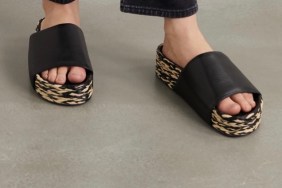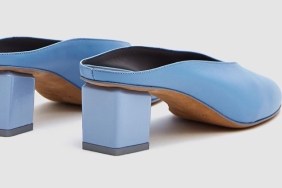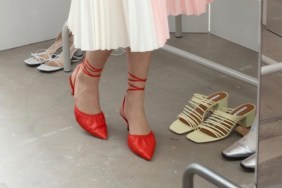Even the flood of athleisure won’t change the fact that high heels will always be en vogue. We all know that even soft-like-butter pumps can leave us with aches and pains, but is there more to the story than some temporary discomfort?
We chat with Dr. Kevin Lees, D.C., manager of auditing and quality at The Joint Chiropractic, to find out.
tFS: Do all heels cause damage if worn on a regular basis or does it depend on the person?
Dr. Kevin Lees: Typically heels that are two inches or higher are associated with foot or back injuries. Heels can also accentuate posture problems for some people, so for a person that already has lower back pain, heels may affect them differently. Also, the amount of time and activity the person has while wearing heels may affect them differently compared to others.
tFS: What is considered regular basis?
Dr. Kevin Lees: If heels are a part of your regular wardrobe choice, they may be causing foot or back problems. It also depends on your daily routine. Some people are standing very little through the day, others may be on their feet for many hours.
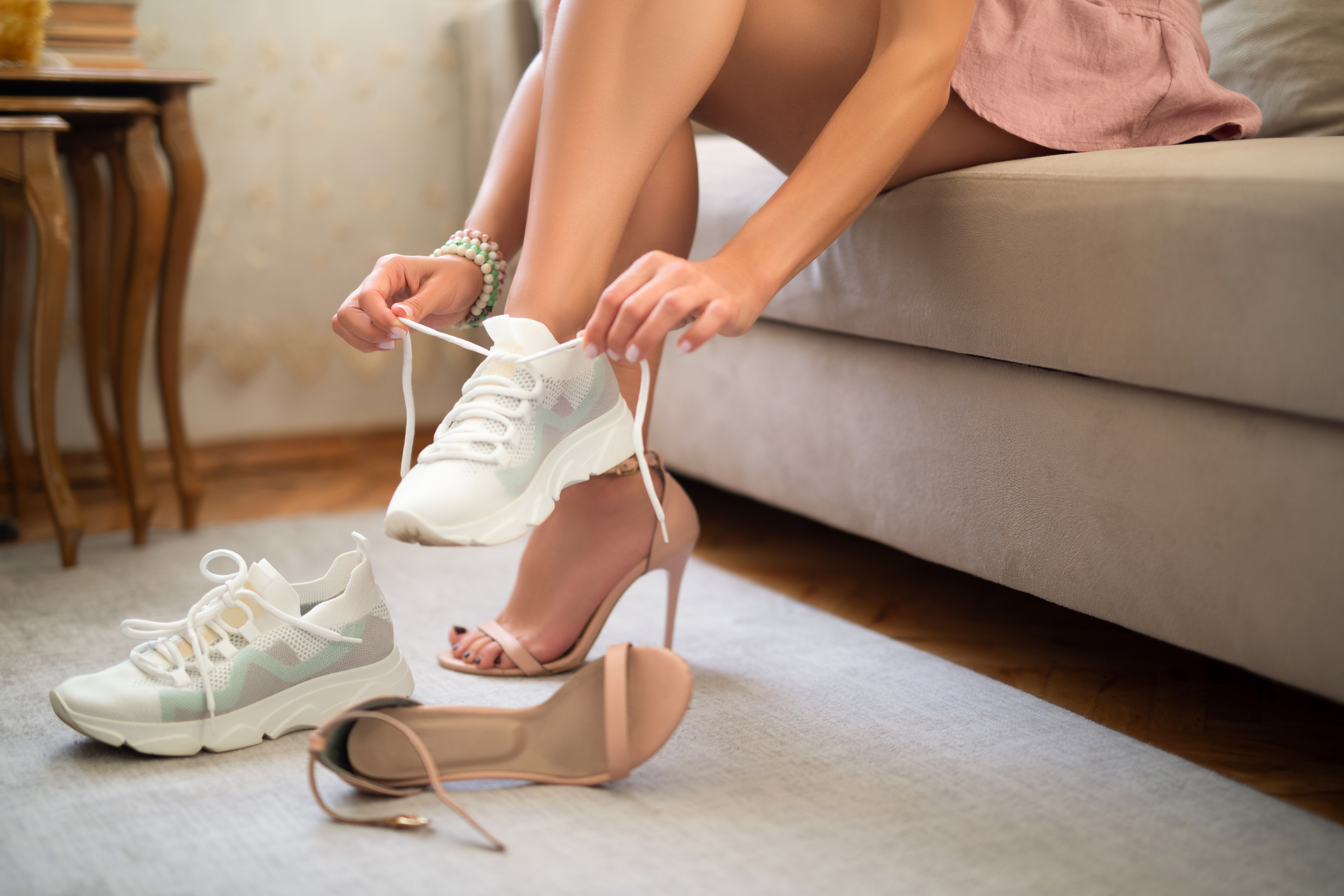
tFS:Is there a heel height that is actually beneficial?
Dr. Kevin Lees: Wearing a slight heel, may reduce the tension on the Achilles tendon and helps against pronation, and may help avoid shin splints and knee pain compared to a shoe that is completely flat.
tFS: What kind of damage can heels do?
Dr. Kevin Lees: Wearing heels can increase pressure on your toes and feet, redistributing your weight to a much smaller area of your foot. This can cause shortened calf muscles, plantar fasciitis, bunions and ingrown toenails. Also, because your weight distribution changes, the lower spine increases in curve which causes increased pressure to the joints of the spine. This may lead to facet syndrome which causes back pain and can lead to long term degeneration or osteoarthritis.
tFS: Is there an age range where wearing heels is particularly damaging?
Dr. Kevin Lees: Children and young teens should avoid wearing heels completely since their joints and postures are still developing. While a child is growing their growth plates are still not fully fused and their spinal curves are still changing. Adding heels may cause permanent changes in those that could lead to other posture problems as an adult.
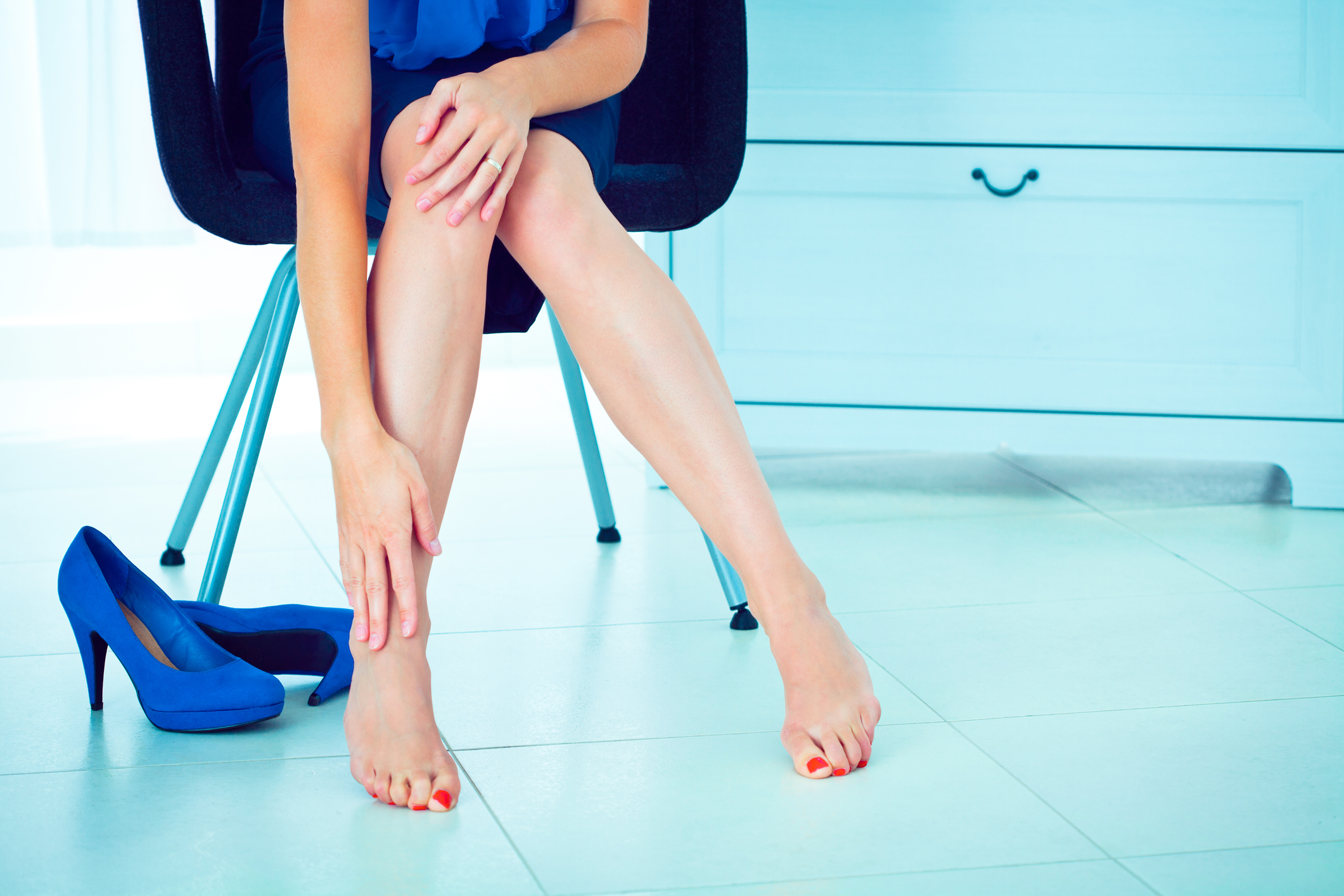
tFS: What about people who wear heels every day and don’t seem to have any issues – could they be doing damage as well?
Dr. Kevin Lees: Some who wear heels daily may be lucky enough to not have any symptoms that have arisen from heels, or the effects of heels have caused them to now be uncomfortable wearing something flatter. If the calves become chronically shortened, wearing a small heel or no heel at all may be very uncomfortable.
tFS: Can flats have issues as well?
Dr. Kevin Lees: Shoes without a little heel or arch support can also cause problems. Most commonly they may lead to a loss of arch in the foot. That can cause plantar fasciitis and pronation which also can cause ankle and knee pain.
tFS: What are some general things to look for when shopping for a “healthy” shoe?
Dr. Kevin Lees: When looking at heels, remember to have a shoe with a wider toe box to avoid compressing the foot. Having an ankle strap may help the foot relax while walking. Try to find heels with a padded insole or ones that can hold an after-market insole to allow for cushion on your feet and reduce stress to your knees. If your day requires a lot of walking or standing, keep the heel height less than 2 inches.
